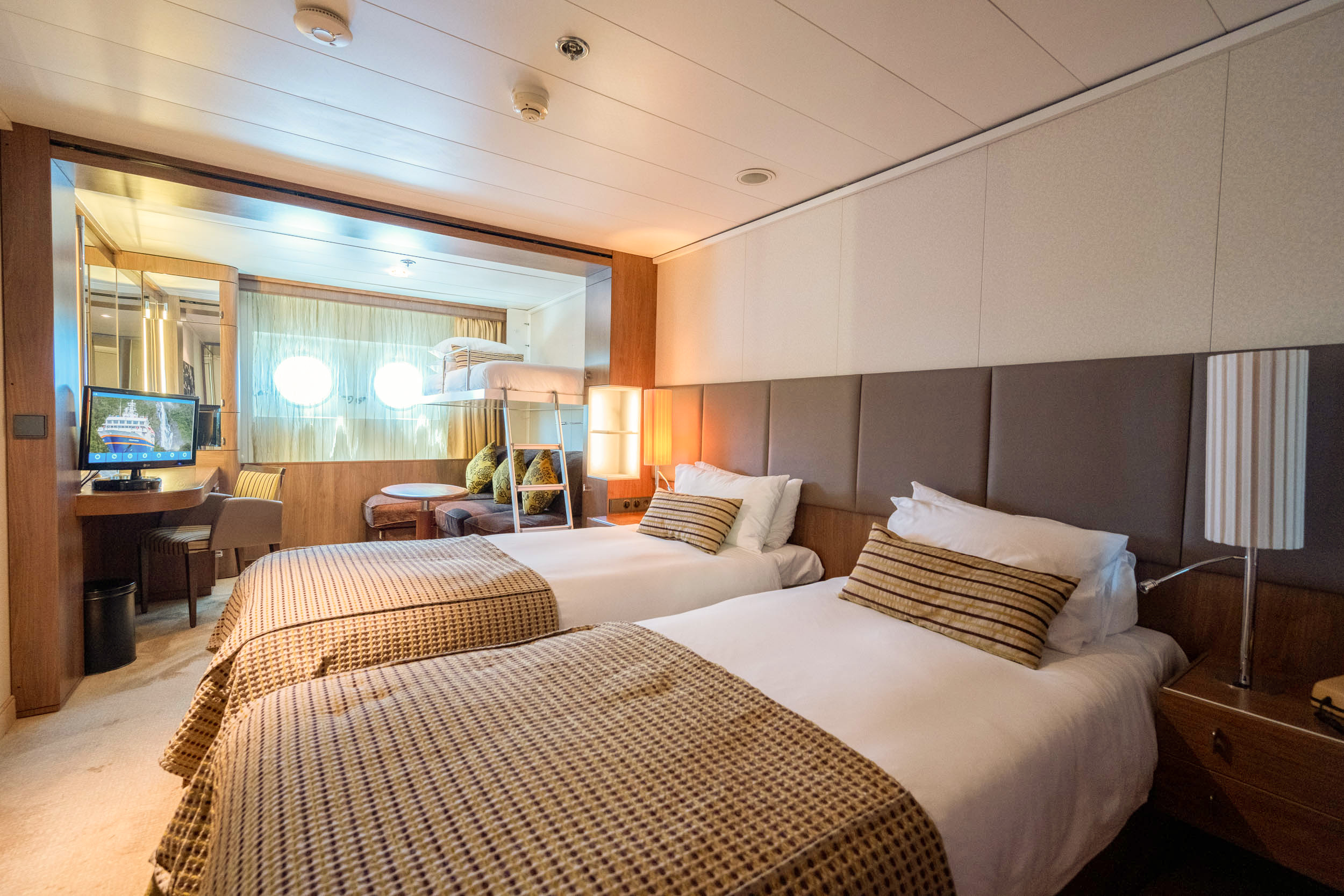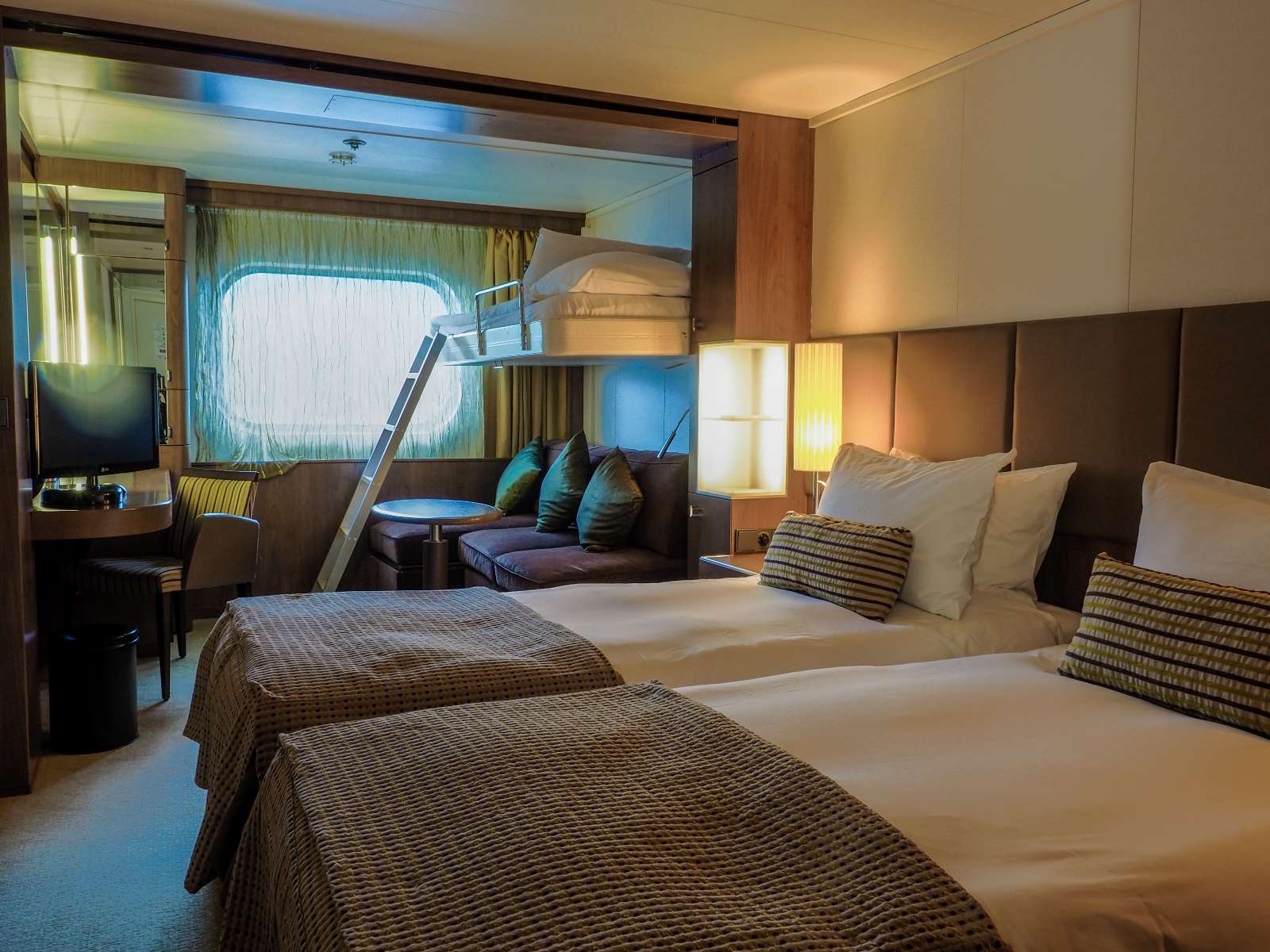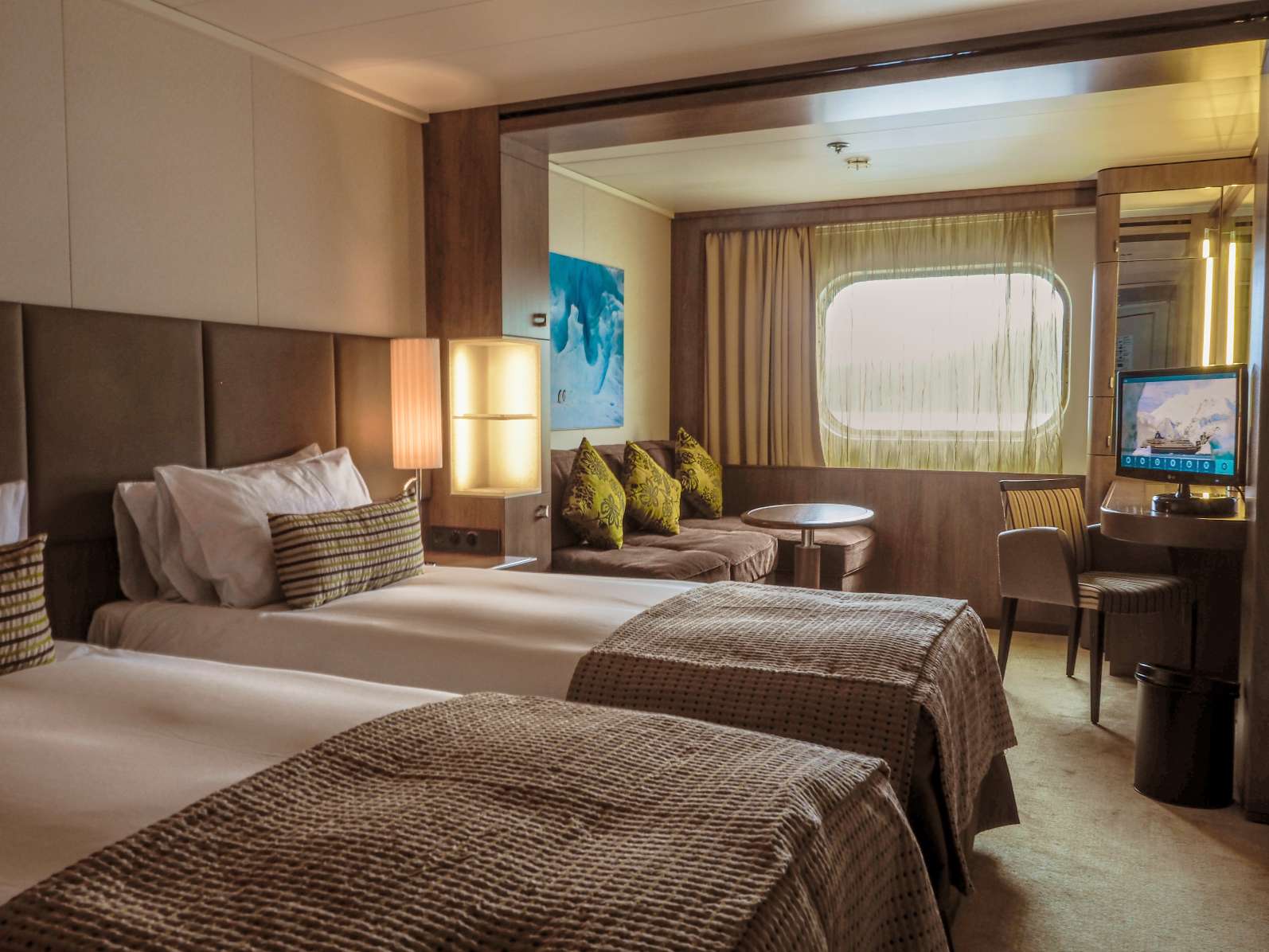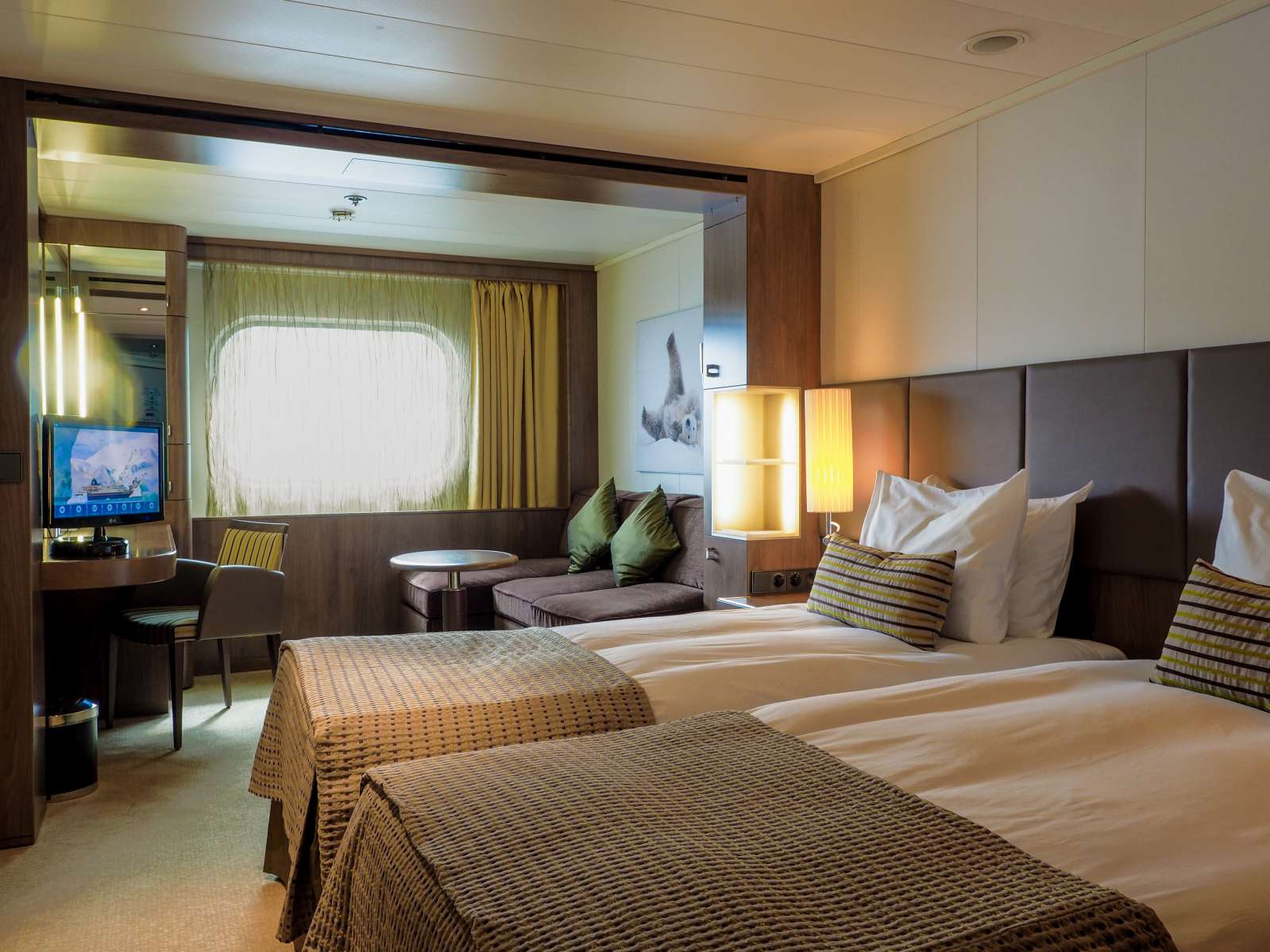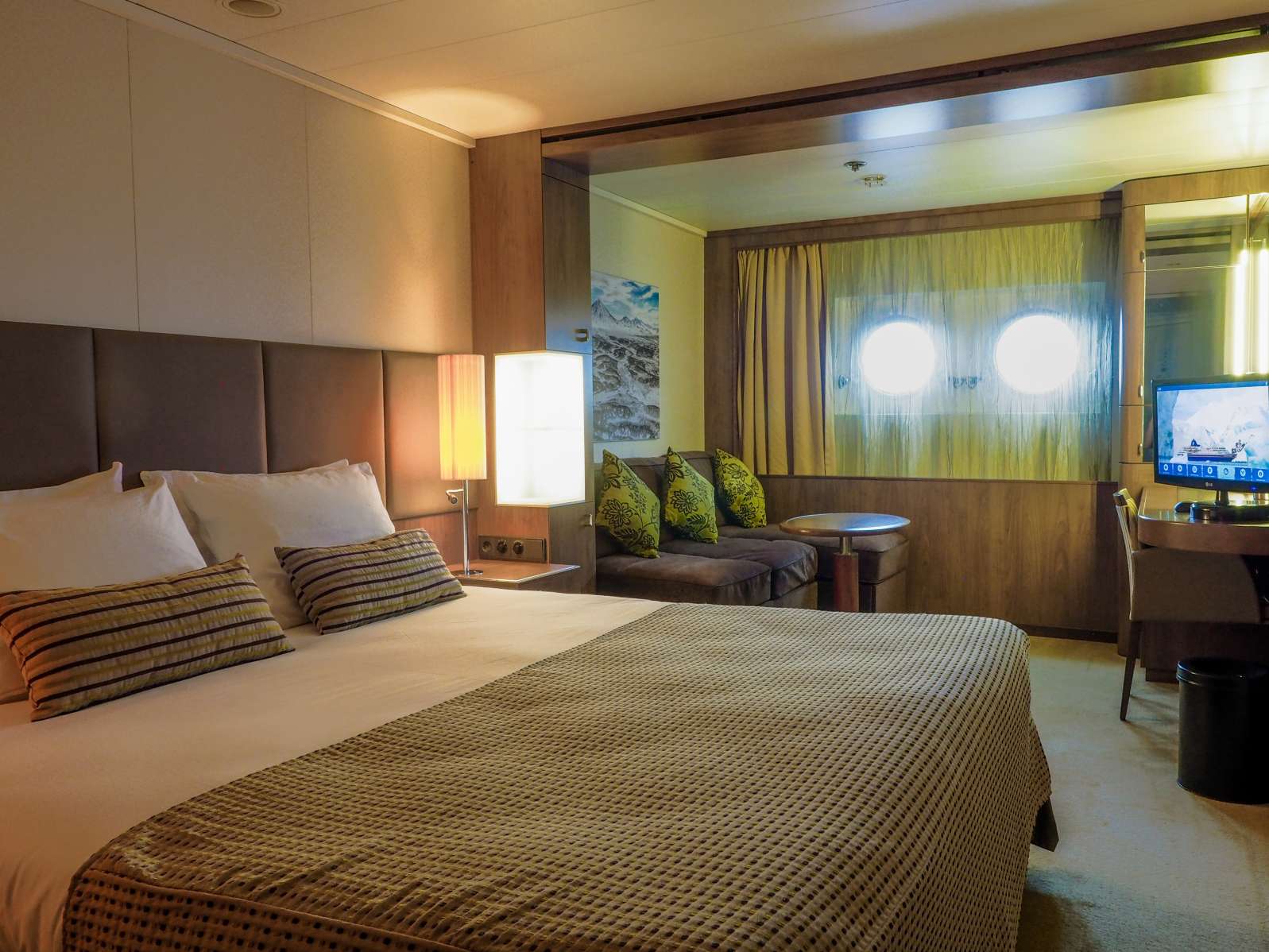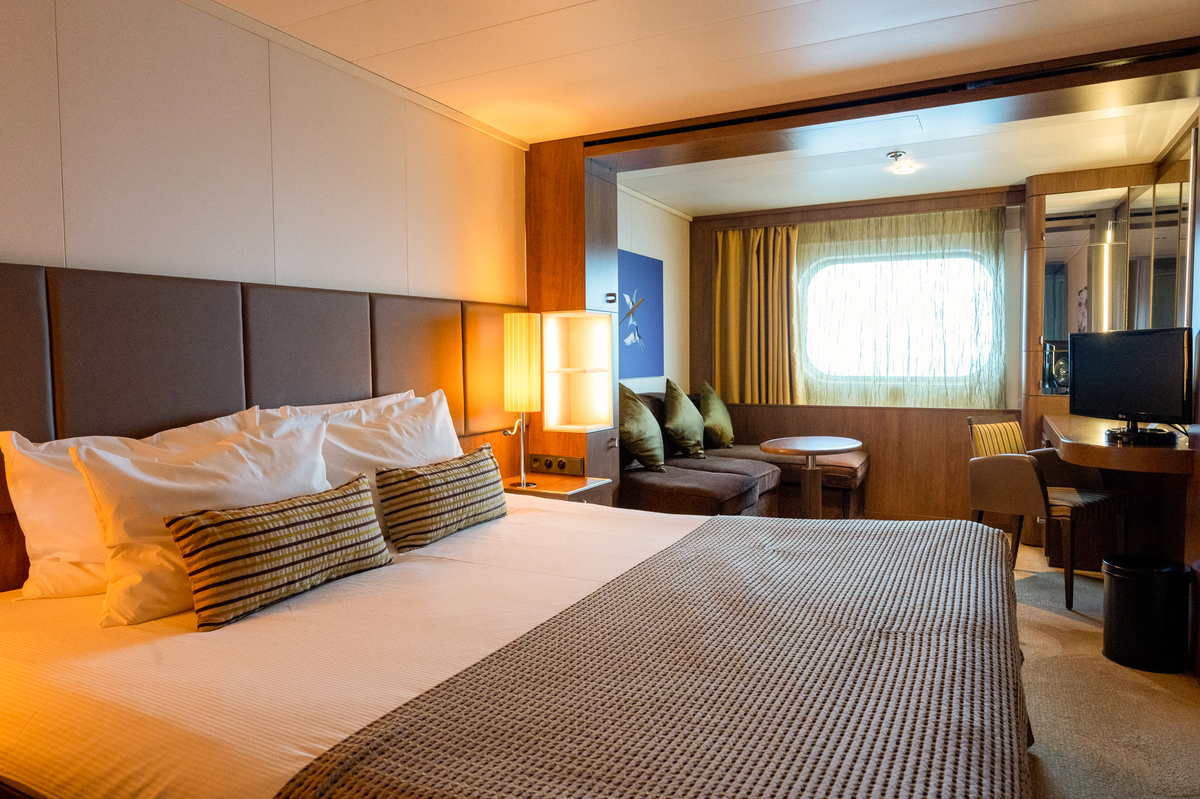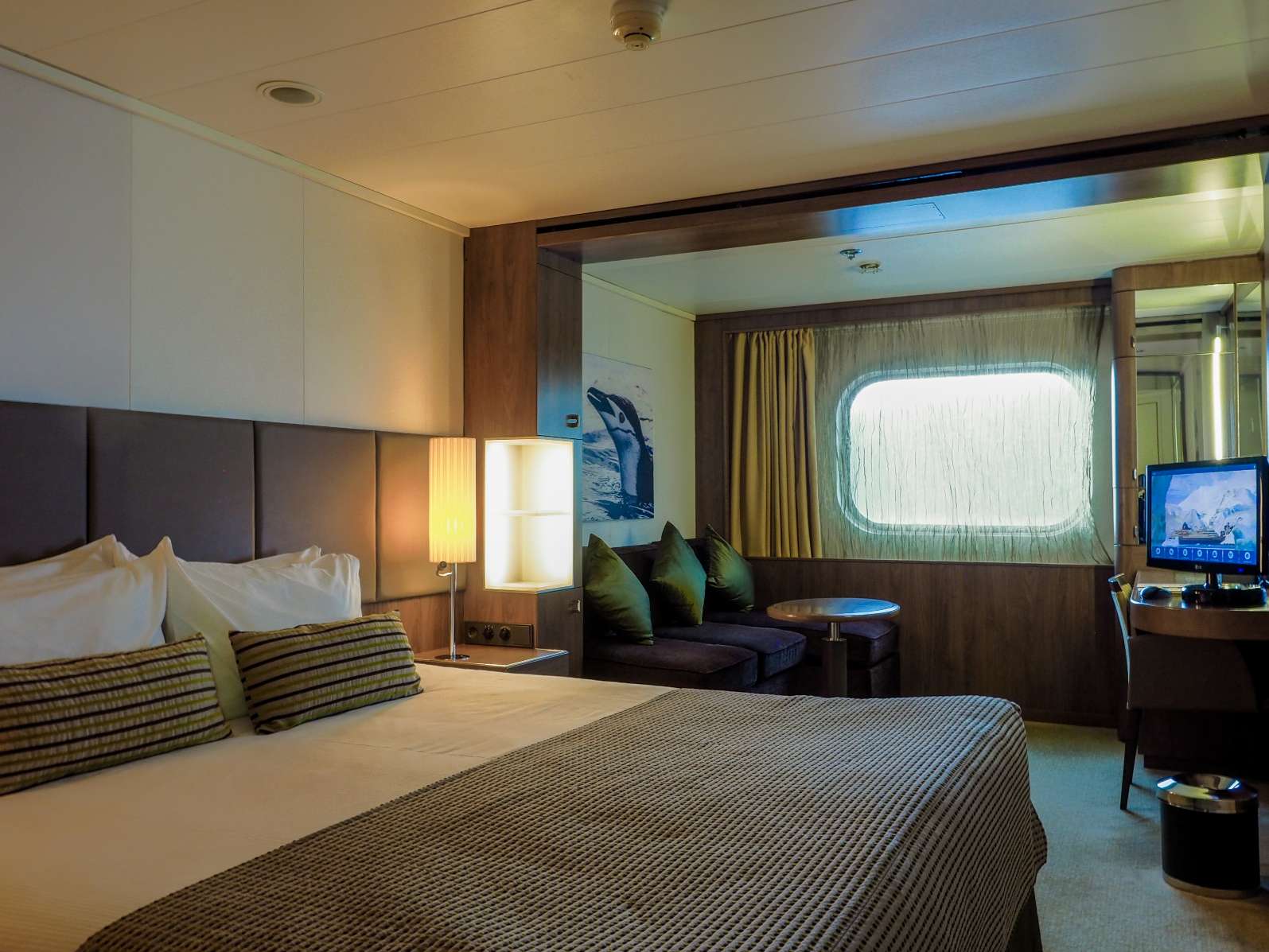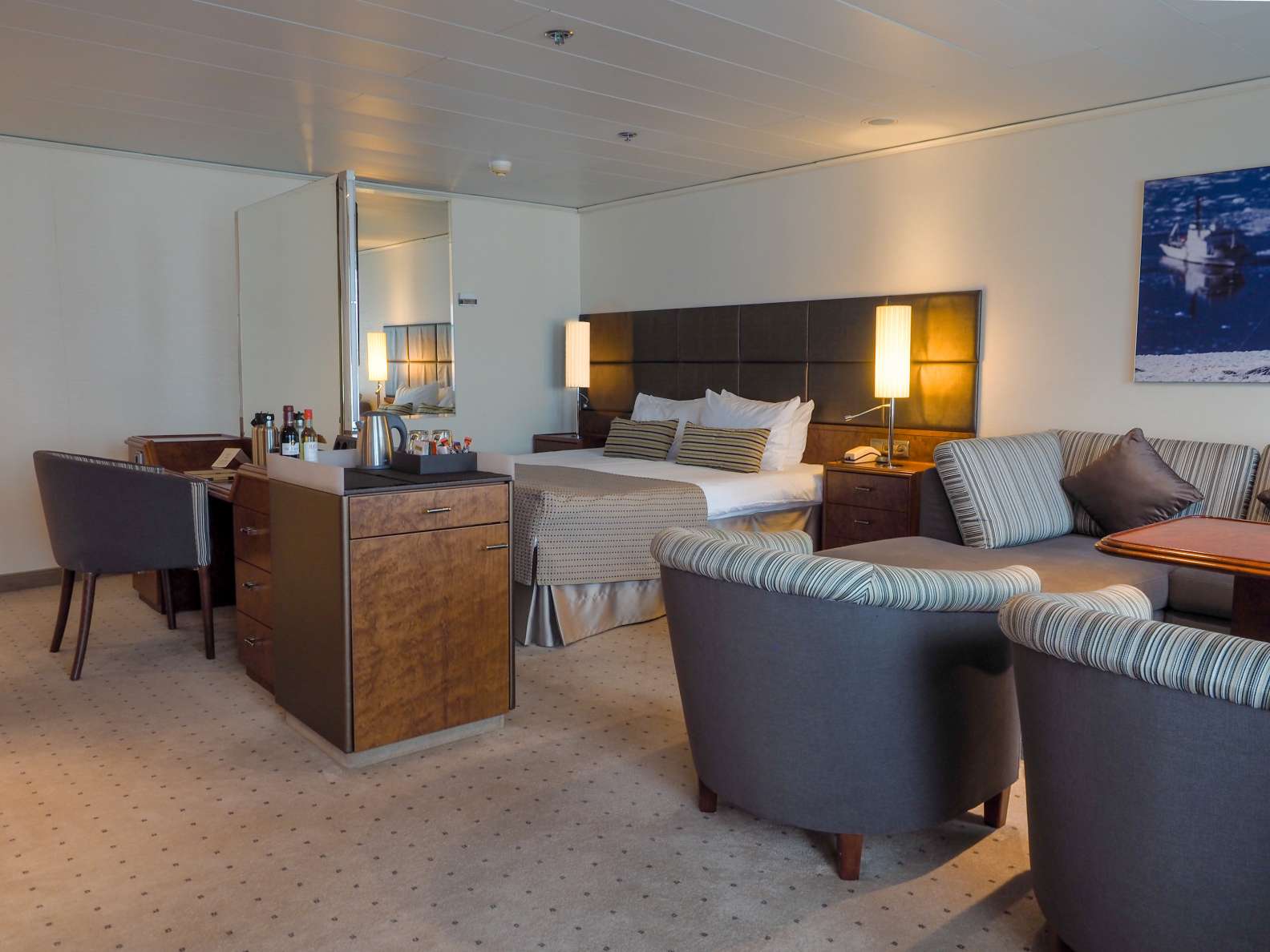Forgotten Islands of the South Pacific: Subantarctic Islands
20% off selected cabins
DAYS 8 / SHIP Heritage Adventurer
DEPARTURES 21 Dec 2025 / 27 Dec 2026
PLACES VISITED The Snares / Auckland Islands / Campbell Island
PRICES FROM $6,145 $4,990 USD (More Rates)
You won't find them mentioned in a travel brochure on your high street; you won't find them in most guidebooks, you probably don't know anyone that has ever been there and they don't even appear on some maps of New Zealand's South Pacific - these are the ‘forgotten islands'. As featured in Conde Nast Traveler's influential 'The 25 Best Places to Go in 2025' list along with Heritage Expeditions and our voyages, these islands are among the most remarkable wildlife reserves in the Southern Ocean, designated UNESCO World Heritage sites and afforded the highest protection of any nature reserves in New Zealand. Remote, uninhabited and on no regular shipping route, access is further restricted by a strict Management Plan which limits the number of people allowed ashore each year.
Heritage Expeditions is the most experienced Southern Ocean operator, and the only Australasian family-owned and operated cruise company, and have been exploring the Subantarctic Islands for more than 35 years. This is one of our ‘signature expeditions' ensuring you will benefit from our unrivalled knowledge and expertise of the region.
Departing the Port of Bluff, Invercargill, the first of these islands we visit is Campbell Island, the southernmost island of this expedition, is an example of what can be achieved in restoring islands. In recent years sheep, cattle, cats and rats have all been eliminated and the island is rapidly recovering. The great English botanist Sir Joseph Hooker, a friend of Charles Darwin, visited Campbell Island in the 1840s and described the flowering fields of ‘megaherbs' to be a flora display "second to none outside of the tropics". We can say the same now, because of the removal of these introduced animals. This island is also the home of the majestic Southern Royal Albatross, the endemic Campbell Island Flightless Teal and Snipe.
In the Auckland Islands, the largest of the island groups, we will have the chance to spend the day ashore on Enderby Island, arguably the most amazing Subantarctic Island. Here you can hike through the windswept Rata forests, and along the exposed coastal cliffs. The wildlife is never far away and its lack of fear means close encounters, great for photography and observations. In Carnley Harbour in the south of the Auckland Islands there are a number of fascinating sites, including a Shy Albatross colony, abandoned Coastwatcher's huts, a shipwreck and castaway depots that we can visit. The weather will dictate what we do.
Our adventure then takes us to The Snares, where no landings are permitted because the islands are honey-combed with seabird burrows. Of particular interest are the Snares Crested Penguin, Fernbird and Tomtit - all of which are endemic. We should see them all as we enjoy the dramatic coastline and tree daisy forest from our Zodiac cruise.
These islands represent a priceless ecosystem. Joining this expedition redefines natural history travel and will leave you wishing you could have spent more time there. Our December 2025 voyage includes the option to join a sea kayaking excursion with an expert guide. Kayaking around the Subantarctic Islands offers a wide array of habitats to explore beyond the reach of our Zodiacs.
Please note: The 27 December 2026 voyage includes a hotel night in Invercargill instead of Queenstown. Guests should make their way to the designated hotel in Invercargill where we will spend the first night of the expedition, or join our 3pm Queenstown transfer from a designated meeting point to Invercargill.
You won't find them mentioned in a travel brochure on your high street; you won't find them in most guidebooks, you probably don't know anyone that has ever been there and they don't even appear on some maps of New Zealand's South Pacific - these are the ‘forgotten islands'. As featured in Conde Nast Traveler's influential 'The 25 Best Places to Go in 2025' list along with Heritage Expeditions and our voyages, these islands are among the most remarkable wildlife reserves in the Southern Ocean, designated UNESCO World Heritage sites and afforded the highest protection of any nature reserves in New Zealand. Remote, uninhabited and on no regular shipping route, access is further restricted by a strict Management Plan which limits the number of people allowed ashore each year.
Heritage Expeditions is the most experienced Southern Ocean operator, and the only Australasian family-owned and operated cruise company, and have been exploring the Subantarctic Islands for more than 35 years. This is one of our ‘signature expeditions' ensuring you will benefit from our unrivalled knowledge and expertise of the region.
Departing the Port of Bluff, Invercargill, the first of these islands we visit is Campbell Island, the southernmost island of this expedition, is an example of what can be achieved in restoring islands. In recent years sheep, cattle, cats and rats have all been eliminated and the island is rapidly recovering. The great English botanist Sir Joseph Hooker, a friend of Charles Darwin, visited Campbell Island in the 1840s and described the flowering fields of ‘megaherbs' to be a flora display "second to none outside of the tropics". We can say the same now, because of the removal of these introduced animals. This island is also the home of the majestic Southern Royal Albatross, the endemic Campbell Island Flightless Teal and Snipe.
In the Auckland Islands, the largest of the island groups, we will have the chance to spend the day ashore on Enderby Island, arguably the most amazing Subantarctic Island. Here you can hike through the windswept Rata forests, and along the exposed coastal cliffs. The wildlife is never far away and its lack of fear means close encounters, great for photography and observations. In Carnley Harbour in the south of the Auckland Islands there are a number of fascinating sites, including a Shy Albatross colony, abandoned Coastwatcher's huts, a shipwreck and castaway depots that we can visit. The weather will dictate what we do.
Our adventure then takes us to The Snares, where no landings are permitted because the islands are honey-combed with seabird burrows. Of particular interest are the Snares Crested Penguin, Fernbird and Tomtit - all of which are endemic. We should see them all as we enjoy the dramatic coastline and tree daisy forest from our Zodiac cruise.
These islands represent a priceless ecosystem. Joining this expedition redefines natural history travel and will leave you wishing you could have spent more time there. Our December 2025 voyage includes the option to join a sea kayaking excursion with an expert guide. Kayaking around the Subantarctic Islands offers a wide array of habitats to explore beyond the reach of our Zodiacs.
Please note: The 27 December 2026 voyage includes a hotel night in Invercargill instead of Queenstown. Guests should make their way to the designated hotel in Invercargill where we will spend the first night of the expedition, or join our 3pm Queenstown transfer from a designated meeting point to Invercargill.
Send a message to an
Expedition Specialist:
Expedition Brochure
Our ship: Heritage Adventurer
Pricing
Forgotten Islands of the South Pacific - 21 Dec 2025 to 28 Dec 2025 - Heritage Adventurer
- Includes:
Pre/post cruise transfers, one night hotel accommodation in a twin share room (incl. dinner/breakfast), all on board ship accommodation with meals, house beer, wine and soft drinks with lunch and dinner and all expedition shore excursions. Programme of lectures by noted naturalists.
- Excludes:
Kayaking, all items of a personal nature, laundry, drinks, gratuities. International/domestic flights, visas and travel insurance.
Forgotten Islands of the South Pacific - 27 Dec 2026 to 3 Jan 2027 - Heritage Adventurer
- 20% off selected cabins
Book before 29 August 2025 and SAVE 20%*
*T&C's apply, excludes landing fees and optional extras, cannot be used in conjunction with any other offer.- Includes:
Pre/post cruise transfers, one night hotel accommodation in a twin share room (incl. dinner/breakfast), all on board ship accommodation with meals, house beer, wine and soft drinks with lunch and dinner and all expedition shore excursions. Programme of lectures by noted naturalists.
- Excludes:
Kayaking, all items of a personal nature, laundry, drinks, gratuities. International/domestic flights, visas and travel insurance.
KD

